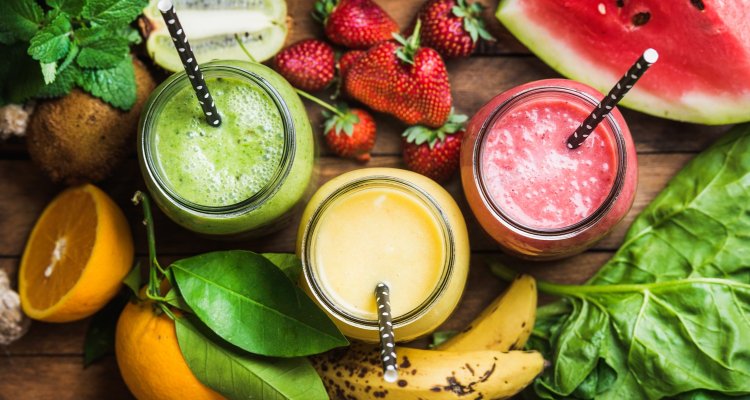
Project
Sensory perception of liquid foods thickened with biopolymers
Role of molecular and structural diversity of biopolymers in dynamic sensory perception and oral digestion.
The use of biopolymers to thicken liquid food products is expected to not only alter perceived thickness, but to affect other sensory attributes as well. Smoothness, creaminess and slipperiness are examples of mouthfeel attributes that could be influenced by using different biopolymers. It is hypothesized that not only the type of biopolymer used for thickening, but also the molecular and structural properties of these molecules affect food microstructure, and thereby sensory perception. However, the exact effect of varying molecular and structural properties of biopolymers on mouthfeel sensations of liquid foods is still unclear. If the impact of molecular and structural properties of biopolymers on sensory perception could be quantified, a model could be built to predict mouthfeel from instrumental measurements. For example, it is known that both bulk properties (as measured by rheology) and surface properties (as measured by tribology) of food systems play a role in sensory perception of food systems. In this project, the effect of molecular and structural properties of biopolymers on rheological and tribological properties will be examined and linked to sensory perception of liquid foods. Knowledge on how various biopolymers affect sensory mouthfeel attributes can be used to design healthier foods in the future, for instance in replacing fat by biopolymers without altering the foods’ mouthfeel perception.
Aim
The aim of this project is to quantify the role of molecular and structural diversity of biopolymers in dynamic sensory perception of texture and oral digestion of liquid foods.
Approach
In this project the entire process of oral processing and oral digestion is evaluated from food intake to swallowing. Liquid model foods will be thickened by various biopolymers, such as starches, xanthan gums and plant-based dietary fibers. At different stages of oral processing, physical-chemical properties of the liquid biopolymer food system will be quantified using rheology and tribology. Dynamic sensory perception of the same food systems will be monitored using different sensory methodologies, such as time-intensity and Temporal Dominance of Sensations methods. Sensory perception of key mouthfeel attributes will be linked to rheological and tribological measurements. In this way correlations between food structure and mouthfeel sensation of texture attributes can be determined.
